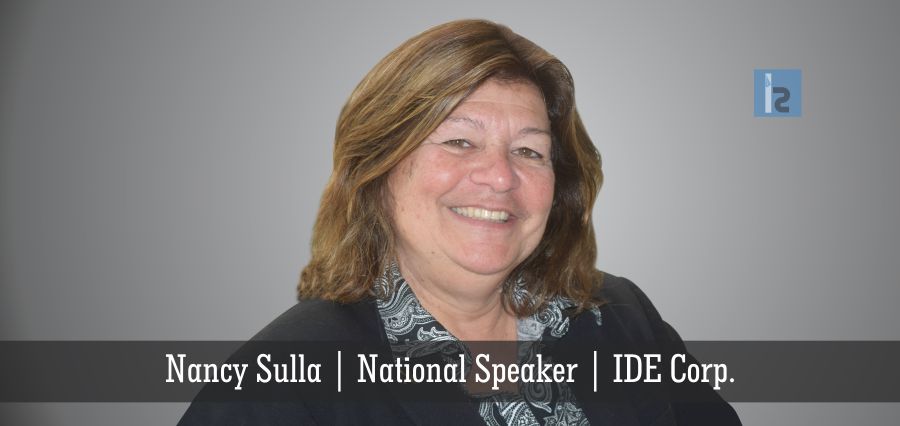Change the world! That’s really the point of our existence, isn’t it? Sometimes we change the world to provide us with better opportunities, resources, enjoyment; sometimes we change the world to solve problems that are plaguing ourselves and others. I partner with organizations to position people to change the world; it’s all about efficacy — the ability to identify a goal, put a plan in place to achieve it, and then do just that.
Clearly, the brain is the best tool for achieving efficacy. Technology, however, can be a powerful partner in one’s accomplishments. It all depends on how technology is used. When technology was first embraced by the masses, it was viewed as an “automation” tool: I can store and retrieve information more easily than on index cards; I can write and make changes more easily than on a typewriter; I can manage my finances and generate calculations more easily. This view of technology focuses on doing what we already know how to do, but doing it better, faster, and more easily.
Technology is more powerful as a “transformational” tool: what can technology allow me to do that I could not do without it? I can now gather and analyze enormous quantities of data for more accurate forecasting and decision-making; I can connect instantaneously with others around the world; I can work from remote locations. One of those transformational benefits of technology is that of three-dimensional reading and writing. With the advent of the printing press came reading and writing in two dimensions: across and down a page. Computer technology now allows us to read and write in three dimensions: across, down, and out through links. This allows us to present and receive a message in a much richer and robust format. How well do you read and write effectively in three-dimensions? That is a skill that must be taught in our schools and capitalized upon in our organizations. In my list of 10 characteristics of a ‘net-centric society, information overload is the biggest threat to organizations today in their hopes of marketing their message. Leveraging three-dimensional reading and writing can maximize the success of your messaging and marketing. It is a transformational technology that changes the way we communicate with others.
Another favorite transformation tool of my is the engineering design process. Consider that the scientific method allows us to prove that which already exists in the world. A design process allows us to create that which does not yet exist: it is the foundation for changing the world! Consider how technology can fuel a six-step design process:
Formulate – Define the problem. Who is affected by it? What are the consequences of not solving it? Technology allows you to gather real-time data to identify a problem and connect with others to determine its impact.
Explore – Learn as much as you can about the problem and related topics. Technology puts a plethora of data at your fingertips, allows you to connect with experts, and helps in conducting experiments to learn more.
Ideate – Generate as many solutions as possible, without critiquing them. Mind-mapping software allows you to track generated ideas and related ideas.
Sift – Consider each solution in terms of its feasibility and potential effectiveness. What may be the unintended consequences of each? Technology provides access to further data to drill down to each idea until you select the most promising.
Simulate – Technology allows you to create a prototype or digital model of the solution.
Advocate – Technology allows you to promote the idea and share it with the world. Three-dimensional writing will add to the effectiveness of your advocacy.
Technology, used masterfully, can do much more than automate our lives; it can transform them. Change the world!
About the Author:
Dr. Nancy Sulla is an author, national speaker, and thought the leader in transforming learning environments to build engagement, empowerment, and efficacy. As the creator of the Learner-Active, Technology-Infused Classroom™ and founder of IDE Corp. – Innovative Designs for Education, Dr. Sulla leads her consulting firm in the pursuit of equity-focused instructional design, positioning people to change the world.


